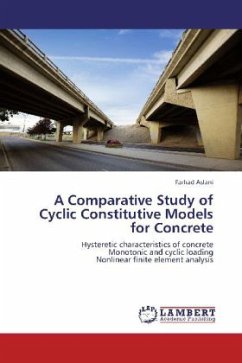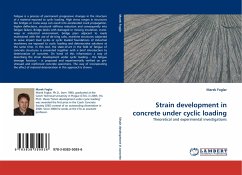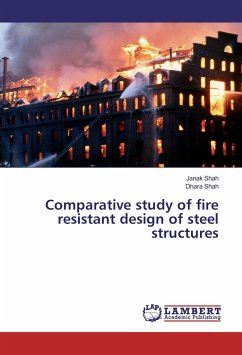Experimental programs in laboratories give real results to identify nonlinear behavior of reinforced concrete structures but they are limited to knowledge of particular cases under restricted structural dimensions, sizes, shapes, loading and boundary conditions but the computational simulation approach has no limit to its application. Constitutive models are developed to simulate the dynamic nonlinear response of concrete and steel reinforcement subjected to cyclic loading varying randomly in magnitude. The behavior of structural concrete under monotonic loading is affected by important material aspects including cracking, crushing, tension stiffening, compression softening and bond slip. Reversed cyclic loading introduces further complexities such as stiffness degradation in concrete and the Bauschinger effect in reinforcing steel. In this study the validity and reliability of some proposed constitutive models for concrete considering general loading (i.e. cyclic, monotonic, partial loading) are evaluated. Also, a hysteretic model is developed for unconfined concrete with the intention of providing efficient modeling for the structural behavior of concrete in seismic region.
Bitte wählen Sie Ihr Anliegen aus.
Rechnungen
Retourenschein anfordern
Bestellstatus
Storno








